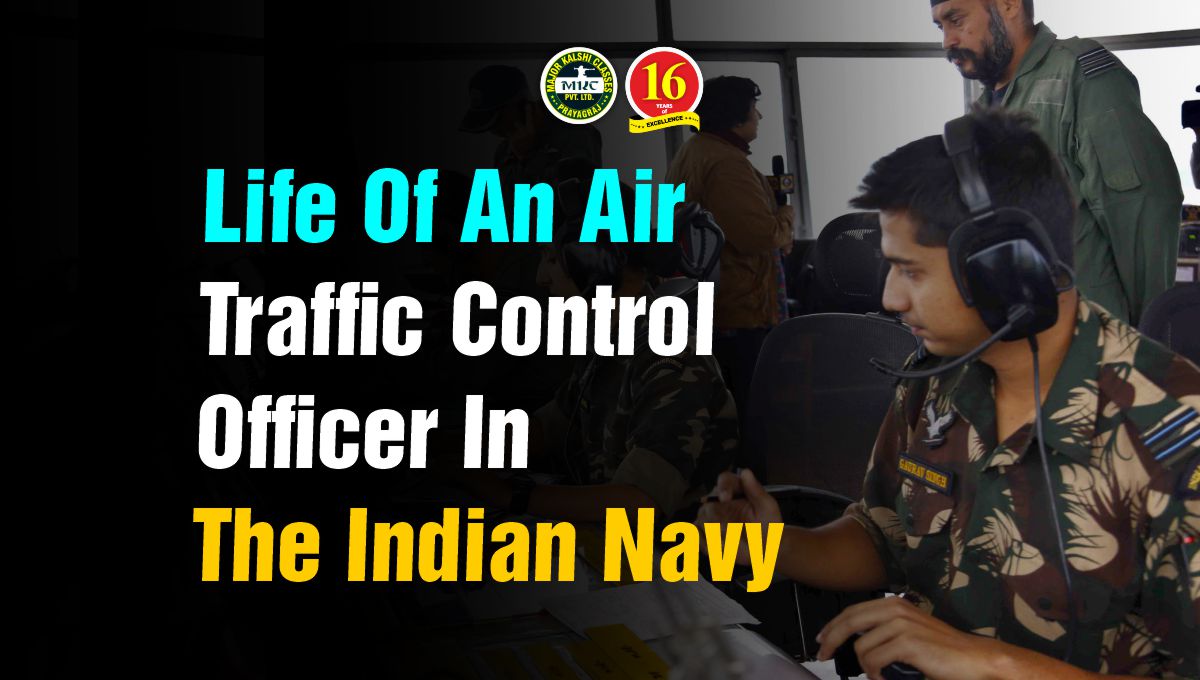Life of an Air Traffic Control Officer in the Indian Navy
As the skies become increasingly crowded with military and civilian aircraft, the role of Air Traffic Control (ATC) officers becomes paramount in ensuring safe and efficient air operations. In the Indian Navy, ATC officers play a crucial role in managing the airspace and facilitating the smooth movement of naval aircraft. This article explores the challenging and rewarding life of an Air Traffic Control Officer in the Indian Navy, delving into their responsibilities, training, and the impact they have on naval aviation.
Life of an Air Traffic Control Officer in the Indian Navy
Table of Contents
Responsibilities of an Air Traffic Control Officer
Air Traffic Control Officers in the Indian Navy are responsible for managing the controlled airspace around naval air stations and onboard aircraft carriers. Their primary duties include:
a. Ensuring Airspace Safety: ATC officers ensure that naval aircraft operate safely within controlled airspace, preventing collisions and maintaining safe separation between aircraft.
b. Providing Air Traffic Services: They offer a range of air traffic services, including radar vectoring, providing clearances for takeoff and landing, and giving guidance to pilots during various phases of flight.
c. Weather Coordination: ATC officers monitor weather conditions to provide timely information to pilots, enabling them to make informed decisions regarding their flight operations.
d. Coordination with Other Agencies: They liaise with civilian and military air traffic control facilities to manage airspace and ensure seamless transit of aircraft.
e. Emergency Response: ATC officers are trained to handle emergency situations, providing assistance to distressed aircraft and coordinating rescue efforts when necessary.
Training and Qualifications
Becoming an Air Traffic Control Officer in the Indian Navy requires rigorous training and specialized education. After clearing the relevant selection process, candidates undergo training at the Indian Naval Air Traffic Control Training Establishment (INATC), located at Kochi, Kerala. The training encompasses theoretical and practical sessions, simulator exercises, and on-the-job training at operational air traffic control units.
ATC officers are trained in various aspects, including:
a. Radar and Non-Radar Control: Learning to manage aircraft through radar surveillance and procedural control when radar coverage is limited.
b. Communication Skills: Developing effective communication techniques to interact with pilots and relay clear and concise instructions.
c. Decision-Making: Enhancing the ability to make split-second decisions during high-pressure situations.
d. Emergency Handling: Training to manage crises and respond swiftly to emergencies.
Life and Challenges
Life as an Air Traffic Control Officer in the Indian Navy is dynamic and filled with challenges. They work in rotating shifts to ensure 24/7 coverage, even in adverse weather conditions. Their work demands a high level of concentration and attention to detail, as any error in communication or judgment can have severe consequences.
Additionally, ATC officers work closely with pilots, ground crew, and other ATC personnel, necessitating effective teamwork and communication skills. They must remain calm and composed under stressful situations, making quick decisions and adapting to rapidly changing scenarios.
Fulfillment and Impact
Despite the challenges, being an Air Traffic Control Officer in the Indian Navy is highly fulfilling. They play a pivotal role in ensuring the safety of naval aviation, contributing significantly to the success of various naval operations. The sense of responsibility and the knowledge that their actions directly impact the lives of pilots and the security of the nation bring immense pride and satisfaction to these officers.
Air Traffic Control Officers in the Indian Navy are unsung heroes, diligently working behind the scenes to orchestrate the safe and efficient movement of naval aircraft. Their expertise, training, and dedication ensure that naval aviation operates smoothly, even in the most demanding circumstances. Through their relentless efforts, these officers uphold the highest standards of safety and professionalism, making an invaluable contribution to the Indian Navy’s operational capabilities and safeguarding the nation’s skies.








